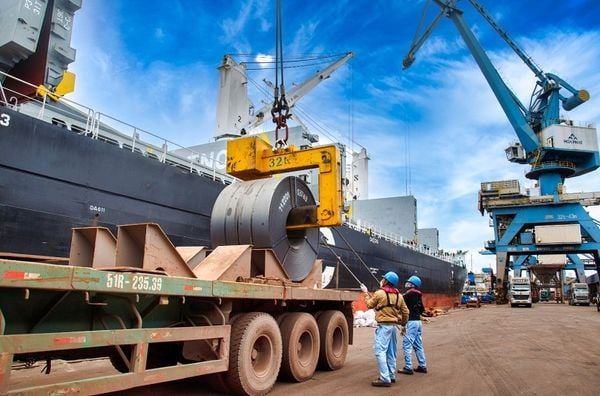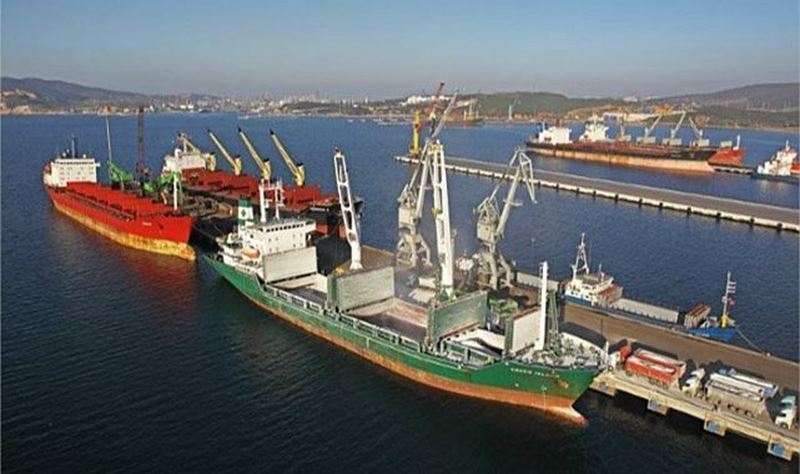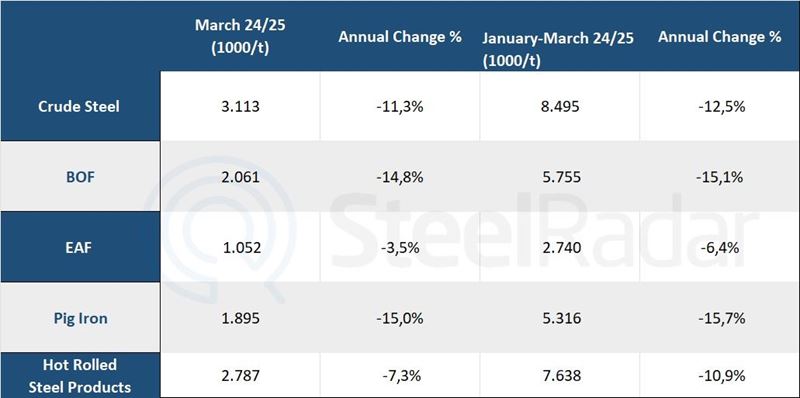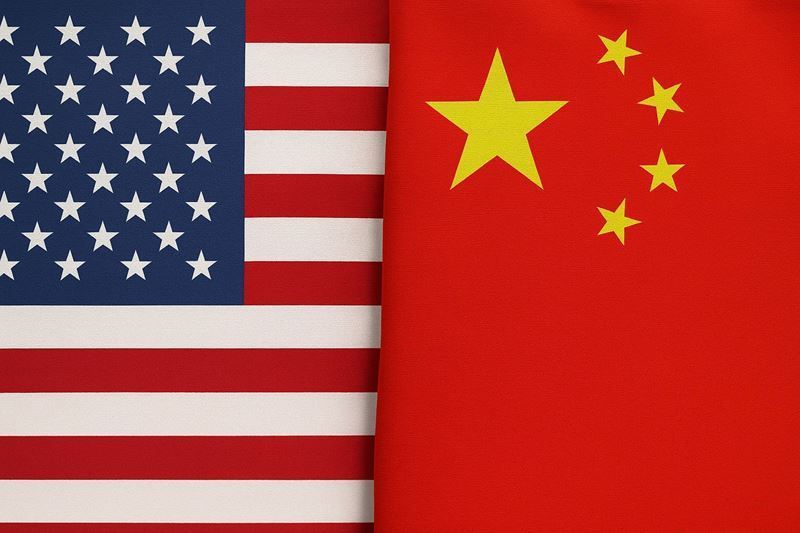The temporary shift to being a net importer during the ongoing fiscal year is attributed to factors like a global supply surplus, improved domestic prices, and a slowdown in exports, as highlighted by Scindia.
Data from April to January 2023-24 reveals that exports of finished steel increased by 3% year-on-year to 5.52 million tonnes, while imports surged by 37% to 6.8 million tonnes, resulting in a trade deficit widening to approximately ₹11,564 crore (around USD 1.56 billion). Despite this, exports for January 2024 witnessed a significant uptick of over 30% month-on-month and a 43% increase year-on-year to 0.9 million tonnes.
The rise in domestic demand has led Indian steel mills to prioritize the domestic market over exports. China currently stands as the largest seller of steel to India.
Scindia also mentions ongoing discussions regarding diversifying coking coal sourcing, with Mongolia being a country of interest. While Australia remains a major supplier, Indian mills are increasingly sourcing from the US and Russia.
Additionally, measures are being taken to prevent a shortage of low-grade iron ore in the country, although an immediate ban on iron ore exports has been ruled out by senior ministry officials.











Comments
No comment yet.